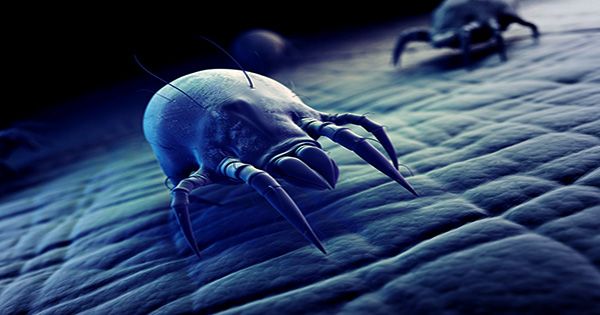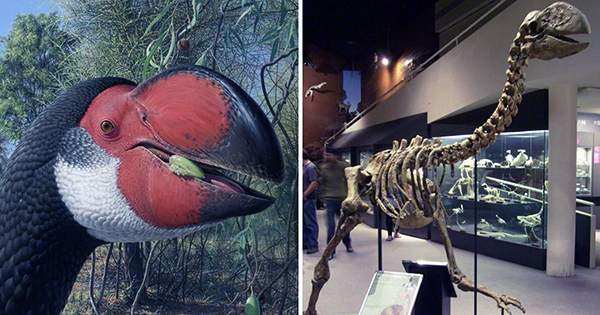One of the two branches of plant immunity is thought to have evolved early during the development of plants on dry land, according to a recent study headed by Hirofumi Nakagami at the Max Planck Institute for Plant Breeding Research in Cologne, Germany. This understanding of the immune systems of ancient plant species could have consequences for creating more resilient plant species.
Plants changed from aquatic to terrestrial organisms during the process of plant terrestrialization, which had a significant impact on the climate, biodiversity, and ecosystems of the globe.
These first land plants, which most likely descended from streptophyte green algae, are assumed to have required symbiotic, or mutualistic interactions with microbes in order to improve nutrient intake.
However, since the majority of environmental microorganisms are harmful, a healthy immune system may have been crucial in allowing plants to establish themselves on dry land.
The team around Hirofumi Nakagami, have discovered that the first line of immunity deployed by many flowering plants and their relatives is also found in the second main grouping of land plants, which includes mosses, liverworts and hornworts.
Their findings imply that this branch of plant immunity emerged early during the history of the land and may have played a significant role in the adaptation of plants to the land. Their findings are now published in the journal Current Biology.
About 500 million years ago, the last common ancestor of land plants appeared. Subsequently, lineages of land plants with and without vasculature diverged. Because they contain all blooming plants and agricultural species, vascular plants have historically drawn more attention from scientists and plant breeders due to their ability to carry water and nutrients more effectively through their vascular tissues.
It is fascinating to learn how plants may have adapted to rather stressful terrestrial environments before going on to transform the Earth’s land surface and ultimately benefitting our lives. Understanding the origin and evolution of the plant immune system can give us novel ideas for developing universal plant protection technologies.
Hirofumi Nakagami
Studies of their non-vascular relatives, however, can offer important insights into the evolution of plants, including when specific skills and traits developed and how widespread qualities are shared by extant land plants as a whole. Therefore, a deeper comprehension of non-vascular plants could be used to enhance breeding techniques.
Nakagami and his team, together with scientists from Japan and Spain, study Marchantia polymorpha (Marchantia), a species of liverwort from the non-vascular plants. In contrast to many land plants that have undergone considerable genome duplication, Marchantia frequently only contains one copy of each gene, making it simpler to ascertain the functions of various genes.
The researchers set out to determine whether the first line of plant defense, known as pattern-triggered immunity (PTI) was conserved also in Marchantia. PTI is mediated by receptors at the cell surface that sense invading organisms through specific motifs or patterns and transfer this perception into activation of defensive genes and other characteristic responses.
The scientists first established that these reactions where actually present in Marchantia by confronting them with chemicals known to activate PTI. PTI receptors were discovered in the liverwort’s genome analysis, and Marchantia was unable to develop defense responses when two of these were damaged.
The discovery of PTI in non-vascular plants indicates that PTI was present very early after terrestrialization, maybe in the last common ancestor of all land plants. It also suggests that this component of immunity may have been crucial in enabling plants to settle and survive on dry land.
It also implies that all vascular plants possess this potential, suggesting that efforts to increase PTI such as gene transfer could be broadly successful across all plants, including agricultural plants.
Nakagami is now interested in determining when exactly PTI evolved in ancient plants. “It is fascinating to learn how plants may have adapted to rather stressful terrestrial environments before going on to transform the Earth’s land surface and ultimately benefitting our lives. Understanding the origin and evolution of the plant immune system can give us novel ideas for developing universal plant protection technologies,” Nakagami said.
















